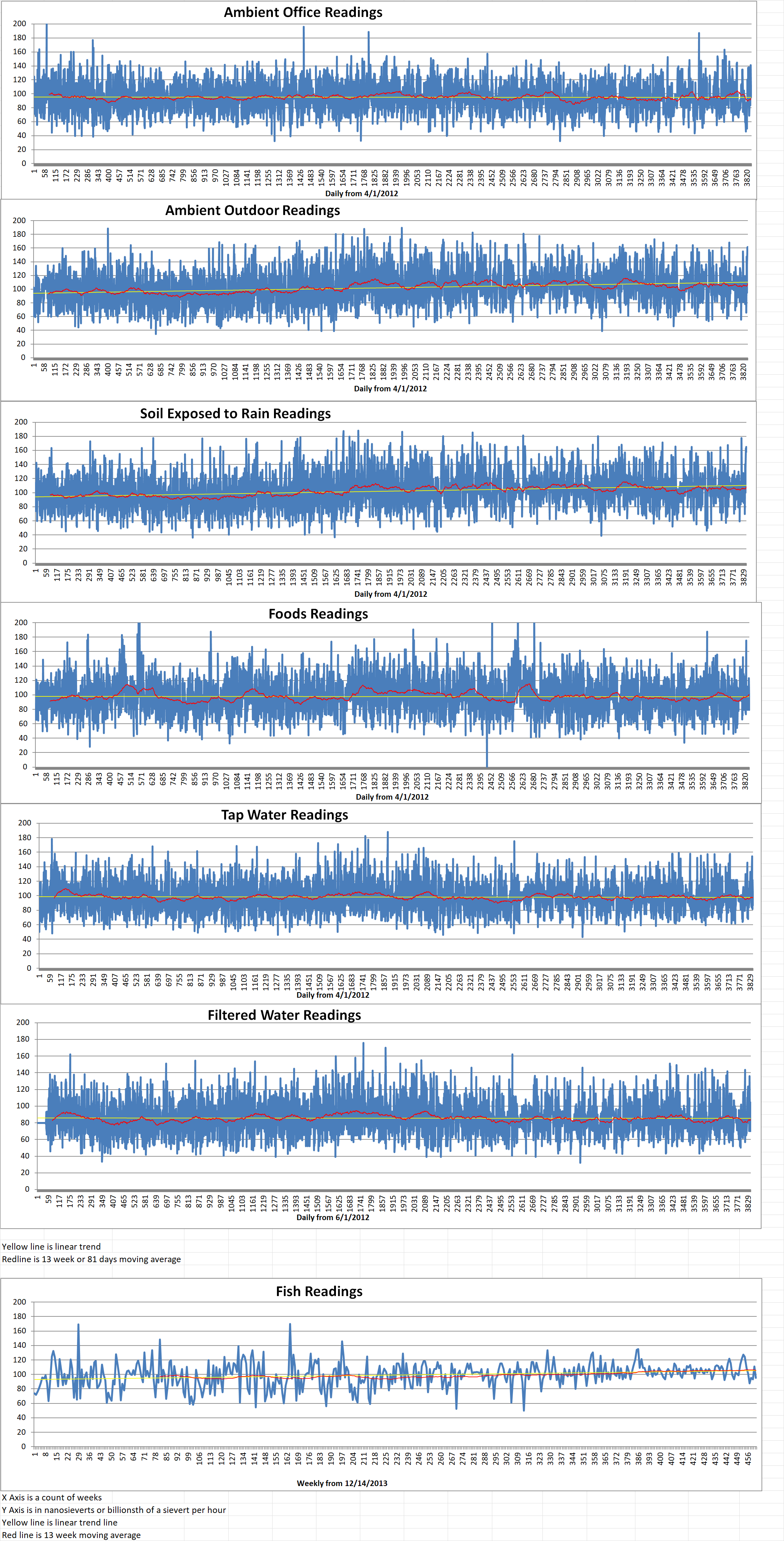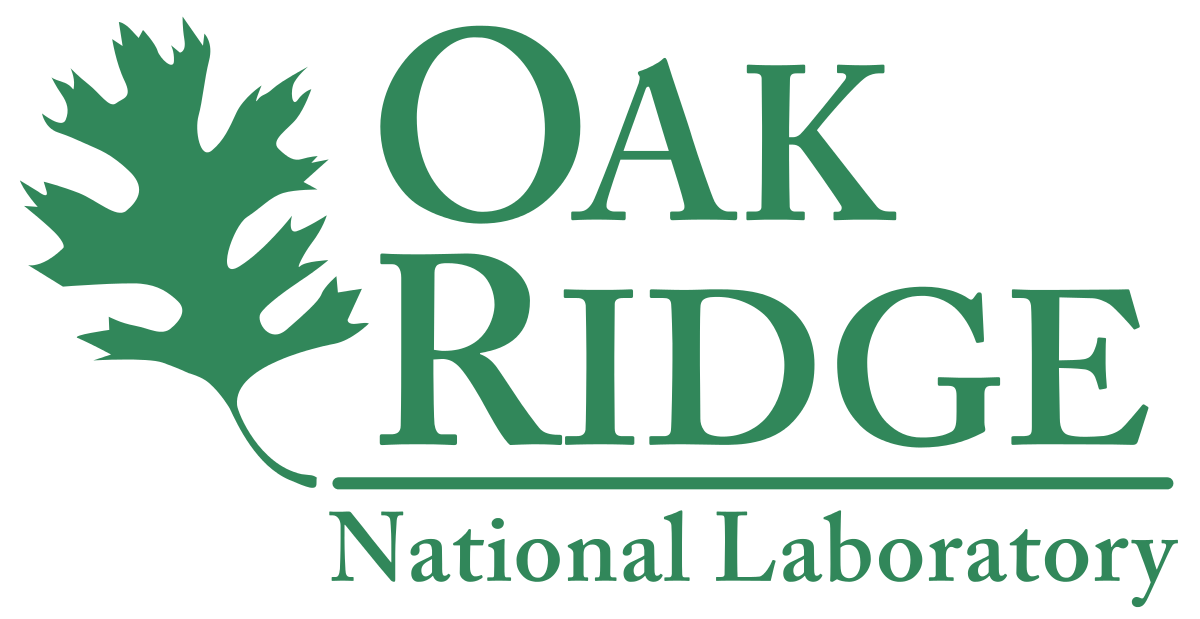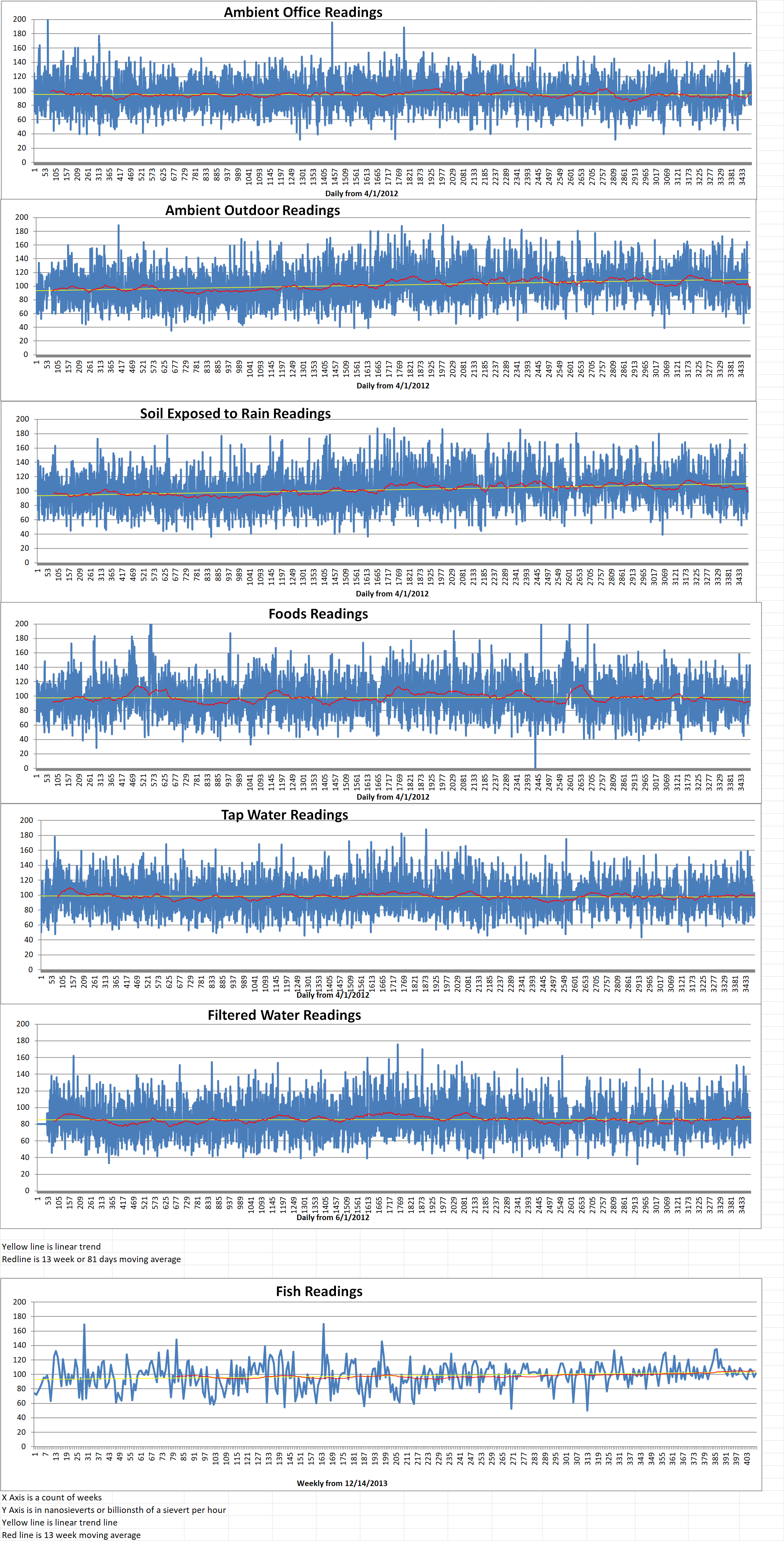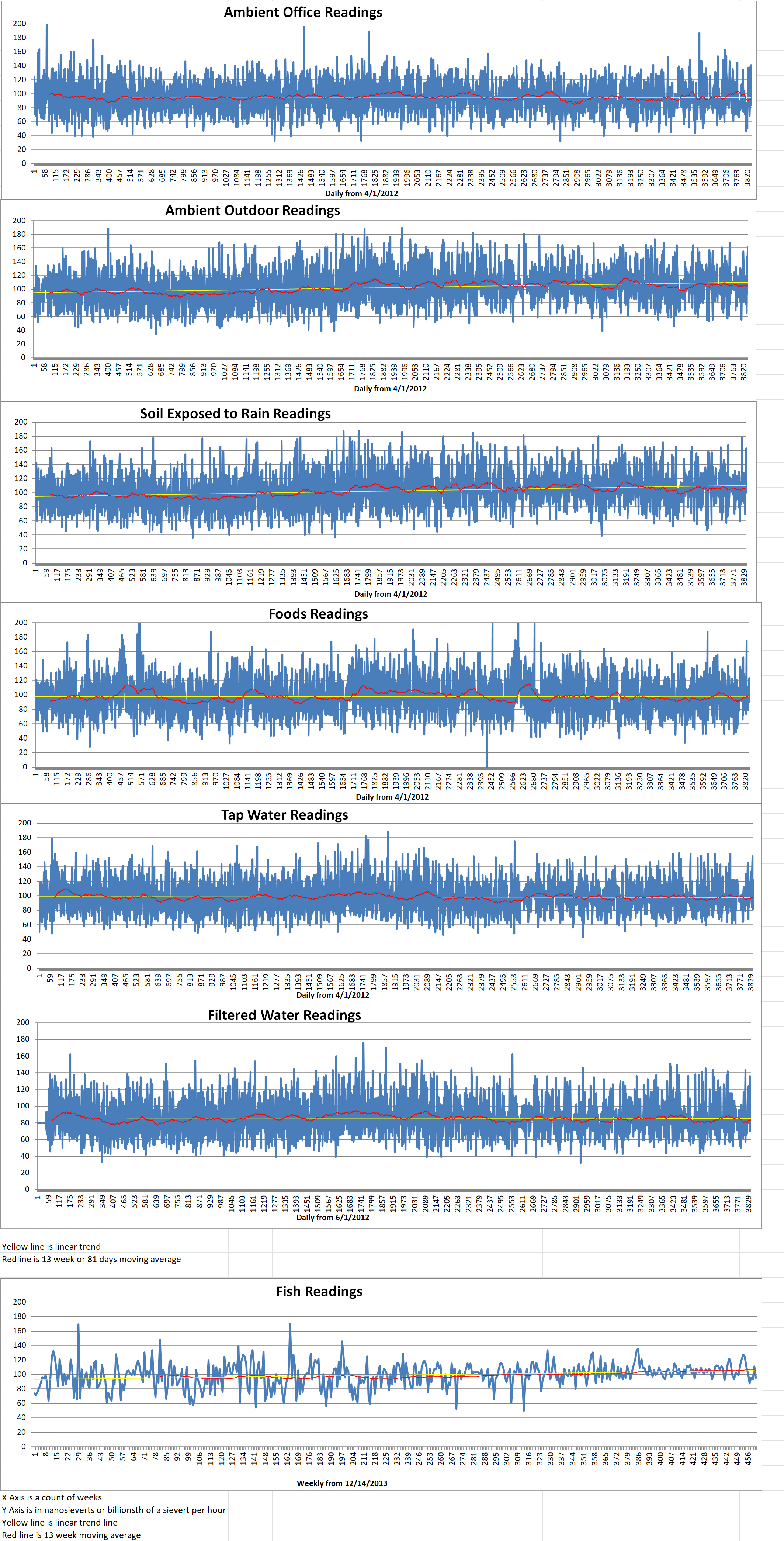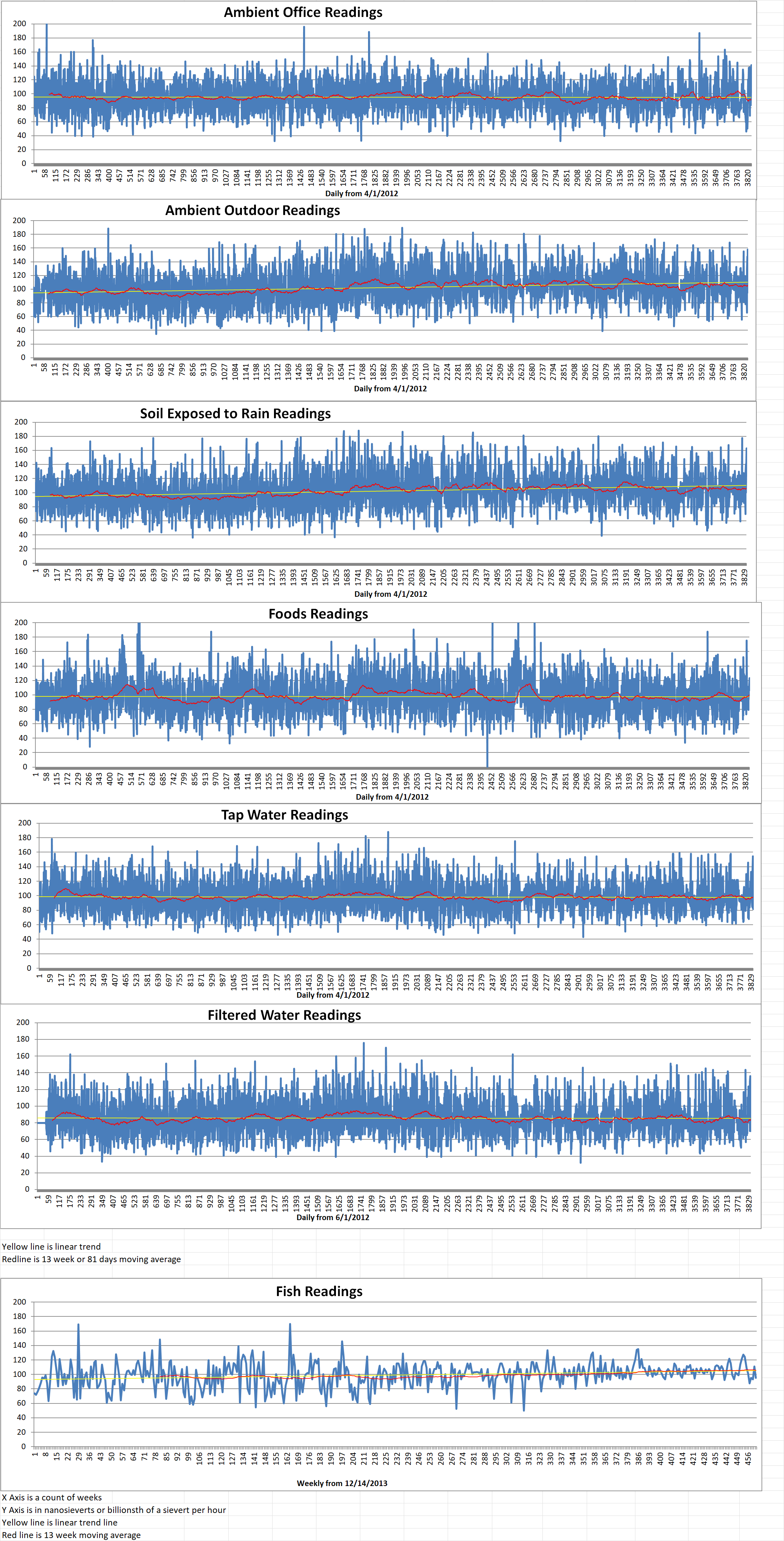Tyler Spano is a nuclear security scientist at the Department of Energy’s Oak Ridge National Laboratory (ORNL). She and her colleagues carried out an examination of previously understudied phases of uranium oxide. (Different crystalline structures are considered phases.) The phases they studied are beta (β-), delta (δ-), epsilon UO3 (ε-UO3) and beta U3O8 (β-U3O8). Each phase has a unique pattern that can reveal when something extraordinary happened to lead to its creation. This will help organizations such as the International Atomic Energy Agency investigate unintended mistakes or blatant misuse of nuclear material.
Spano said, “There are still unanswered questions, and we are trying to clarify these long-standing questions in literature.”
Many uranium oxide phases were identified decades ago but they have remained poorly understood. The α phase of U3O8, for example, is common, but the β phase is formed under unusual conditions.
Spano and her team focused on uranium oxide phases during her postdoctoral work at ORNL. As far as she could tell, no one was working on identifying the β, δ, or ε phases. She said, “I focused on these three because they’re more exotic.” Her findings for β-UO3, δ-UO3 and ε-UO3 were published recently. Spano also helped to publish the Raman spectrum of β-U3O8 in collaboration with Andrew Miskowiec who is the group leader for Materials and Chemistry at ORNL.
Many scientists are interested in uranium oxide phase. They conduct experiments with radiological material which require special precautions and dedicated instrumentation for materials analysis. These are areas in which ORNL excels. The uranium oxides are common byproducts of uranium processing. The new findings will assist the nonproliferation community to better develop tools to understand these materials.
Spano and her team used several different analytical methods to observe uranium oxides under different conditions. X-ray diffractions helped them to identify the chemical phases of uranium oxide.
Miskowiec said, “The way UO3 moves through the exotic phases is a little unusual. My team is working on the foundational science to be able to identify these materials if we observe them in the real world and to understand the unusual conditions that led to how they were formed.”
The discoveries from this research also contribute to science beyond national security missions. Specifically, the structure of ε-UO3 is of interest for novel reprocessing methods which are being studied at ORNL and internationally. The detailed knowledge of the structure of this particular phase is especially useful in comprehending the material’s physical properties and performing reaction rate measurements.
Miskowiec’s team will continue to explore new ways to catalog materials utilized in the nuclear fuel cycle. The mysterious amorphous phase of UO3 does not have long-range crystallographic order. Because of this peculiarity, the structure cannot be examined using X-ray diffraction. However, information can still be obtained from the Raman spectrum.
Miskowiec said, “Some of these compounds are made from specific processes, which gives us a very specific piece of information. It’s not only important to identify the compound, but also to have an understanding of its formation conditions.”

